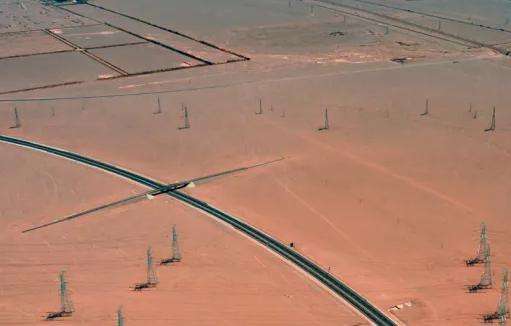Principle of power generation by solar cells:
Solar cells are a pair of devices that respond to light and can convert light energy into electricity. There are many types of materials that can produce photovoltaic effects. : monocrystalline silicon, polycrystalline silicon, amorphous silicon, gallium arsenide, selenium indium copper, etc. Their power generation principles are basically the same, we now take crystals as an example to describe the photovoltaic power generation process. obtained by doping phosphorus to form N-type silicon, forming P-N
When light shines on the surface of the solar cell, part of the photons are absorbed by the silicon material, the energy of photons are transferred to; Silicon atoms, causing electrons to migrate and become free electrons on both sides of the P-N junction,form a potential difference when the external circuit is connected, under the action of this voltage, a current flows through the external circuit. to produce a certain output power. The essence of this process is: the process of converting photon energy into electrical energy
The process of producing crystalline silicon solar cells:
"Silicon". is one of the most abundant materials on our planet. Since scientists discovered the semiconductor properties of crystalline silicon in the 19th century, it has changed almost everything, even human thinking at the end of the 20th century, the figure and role of "silicon". " can be seen everywhere in our lives. Crystalline silicon solar cells have been industrialized most rapidly in the past 15 years. The production process can be roughly divided into five steps: a. Purification process b. Purification process stretching of rods c.Slicing process d. Battery manufacturing process e. Packaging process.














